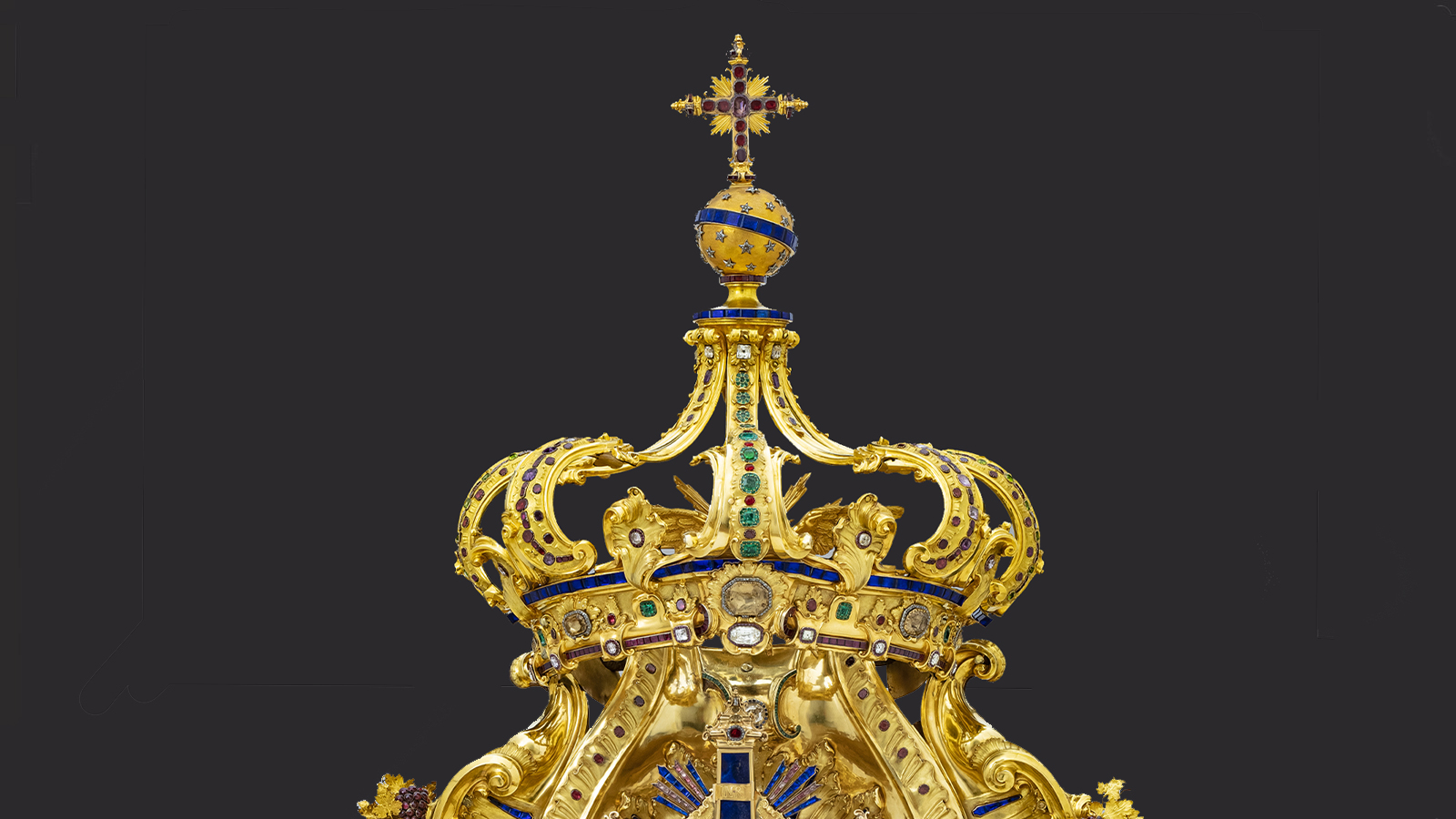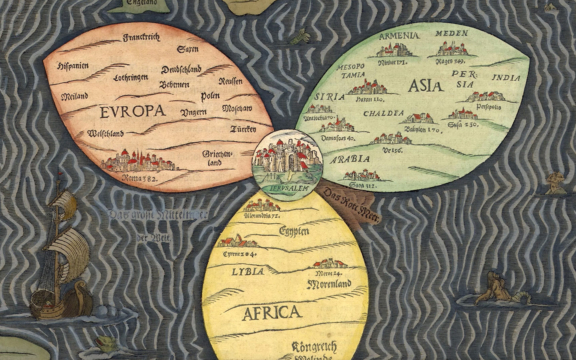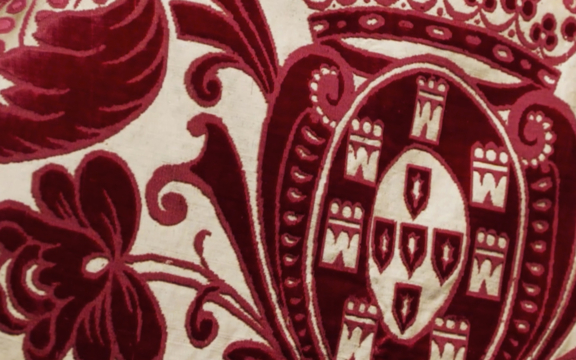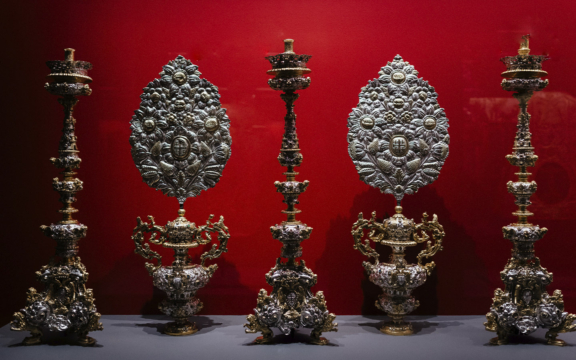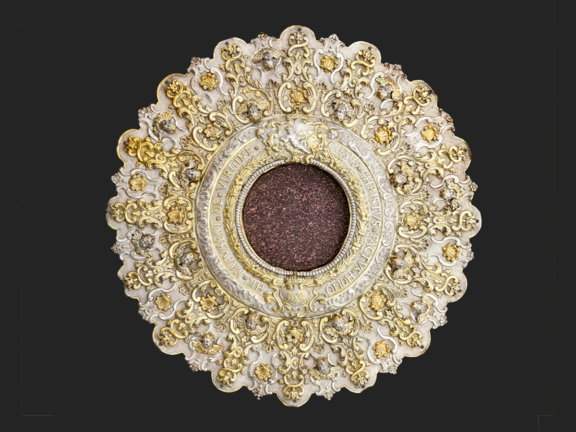
Treasures from Kings. Masterpieces from the Terra Sancta Museum
Event Slider
Date
- Thu and Fri,
- Sat and Sun,
- Closed on Tuesday
Location
Main GalleryCalouste Gulbenkian Foundation
Pricing
25% – Under 30
10% – Over 65
Cartão Gulbenkian:
50% – Under 30
15% – Over 65
Among these temples, the Basilica of the Holy Sepulchre, in Jerusalem, is the most prominent. According to Christian tradition, this is the place of where Jesus of Nazareth died, was buried, and resurrected. Given this spiritual focal point, the sending of offerings to this and other temples in Palestine represented, for these monarchs, a significant projection of their devotion and power.
Various European sovereigns, such as Felipe II of Spain, Louis XIV of France, João V of Portugal, Carlo VII of Naples and Maria Theresa of Austria, sent material and financial resources intended to support the churches and local communities, including gold coins, wax and, in the case of the Portuguese kingdom, balsams, perfumes, spices and tea.
In addition to these ephemeral items, the generosity of these European royal houses also extended to artistic works of silverware, textiles and furniture, intended for use during worship or to decorate religious spaces.
This exhibition focuses on these gifts, which include noteworthy works of European art. The church lamp sent to Jerusalem by the king of Portugal, João V, and the baldachin that housed a monstrance or crucifix, given by Carlo VII, king of Naples, are eloquent examples of gifts used as political strategies at the time.
The exhibition also proposes a journey through the centuries-old history and spiritual symbolism of the Basilica of the Holy Sepulchre, while examining the role played by the Custody of the Holy Land—the Franciscan Catholic institution responsible for guarding the Christian places in the Holy Land—in the receiving, use and preservation of these objects of Catholic worship.
Calouste Gulbenkian’s link to the Holy Land is also evoked, revealing his family’s long-standing ties to this place and brings to light an Armenian illuminated manuscript from the 15th century, which the collector gave to the Armenian Patriarchate of Jerusalem. Presented here for the first time, this manuscript was gifted in the 1940s, when Gulbenkian was already living in Portugal.
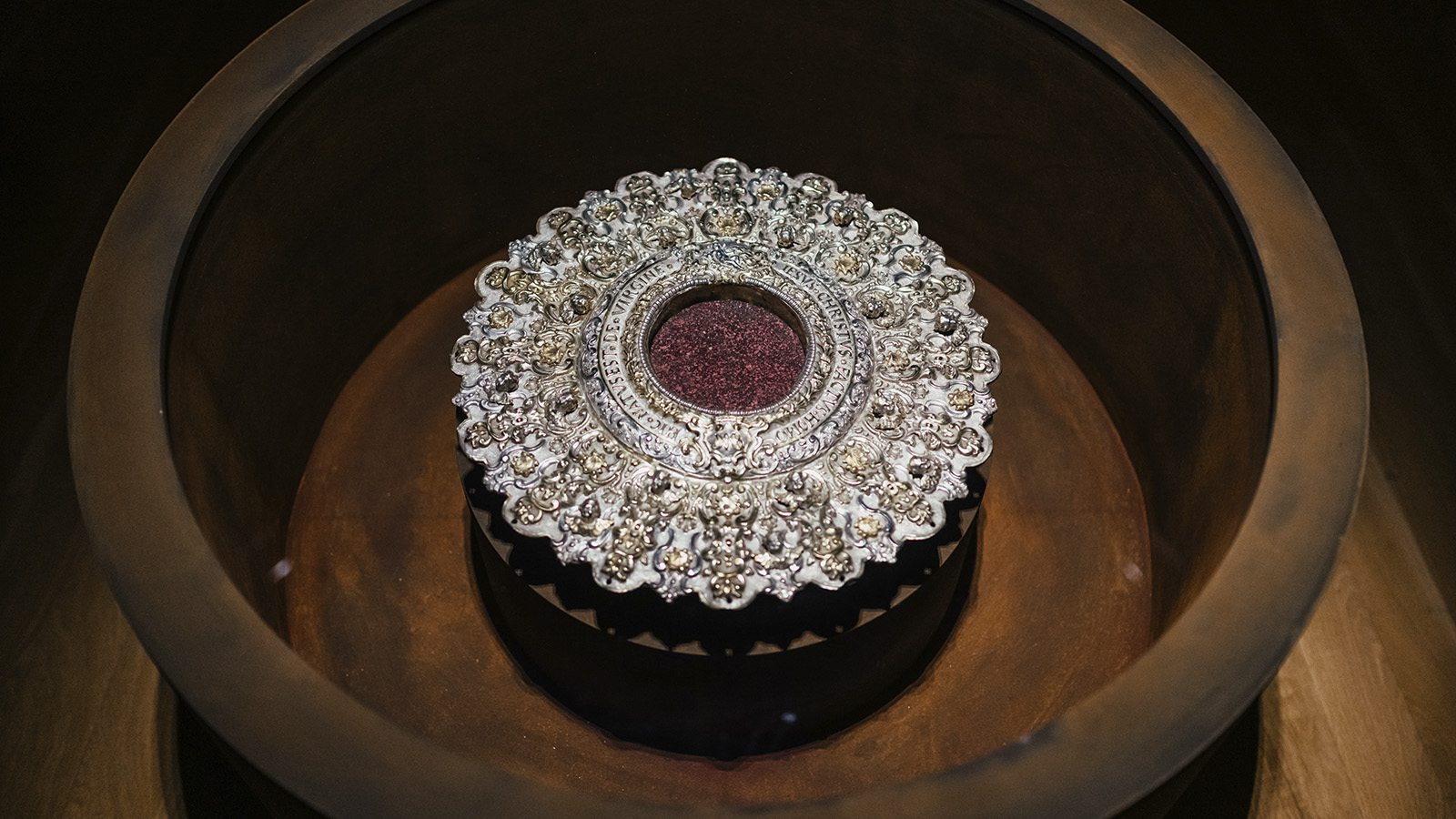
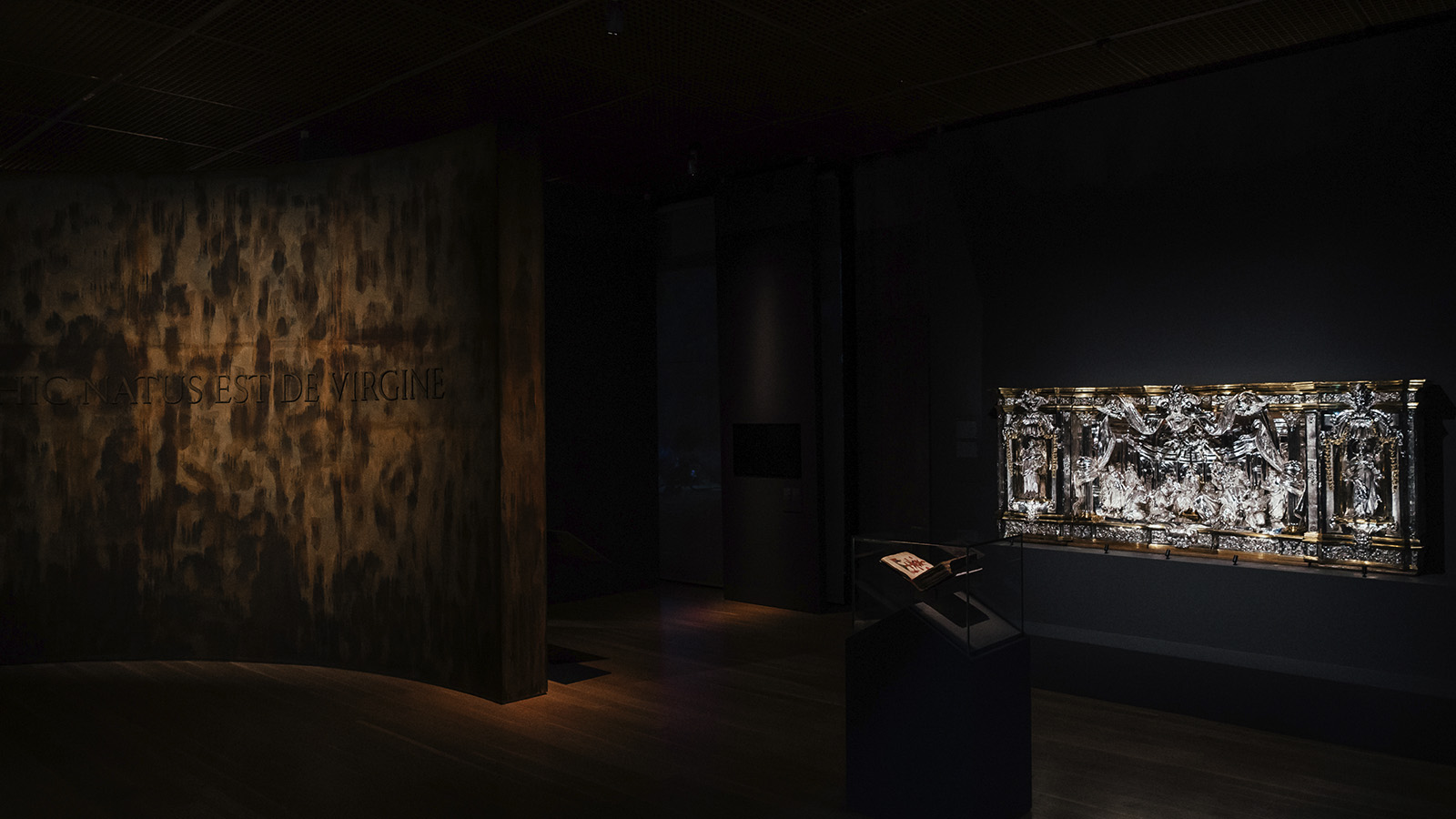

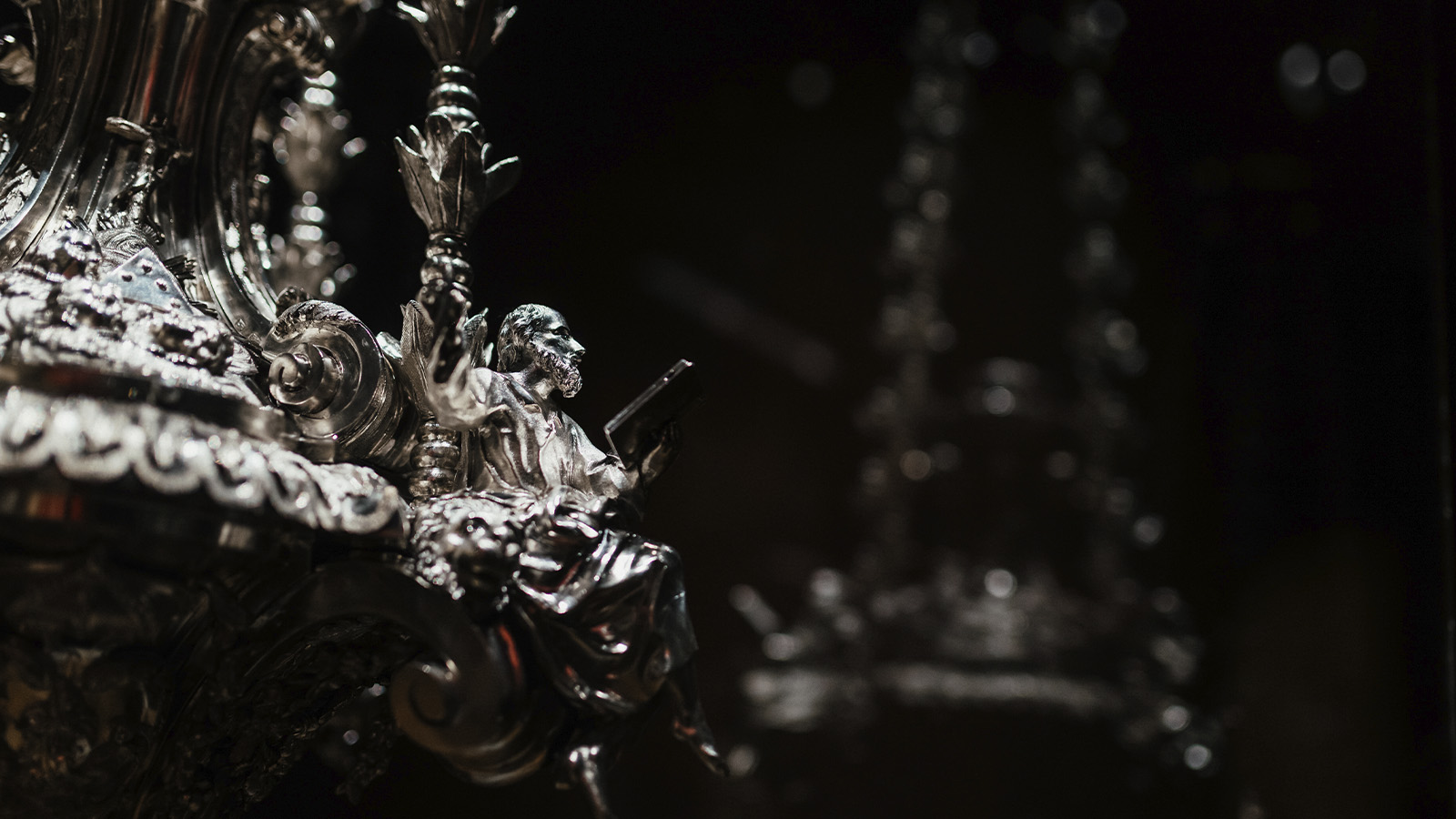
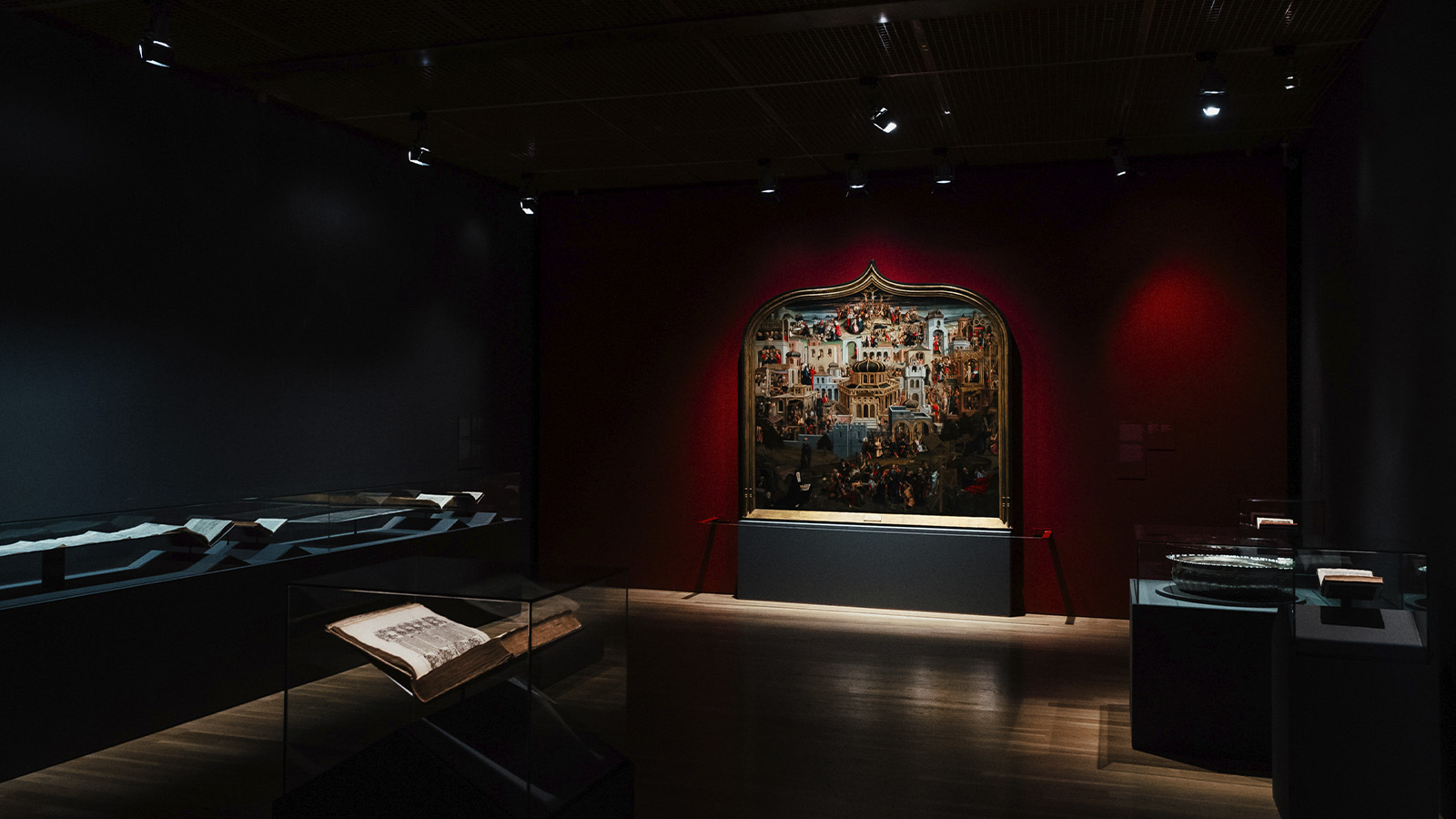
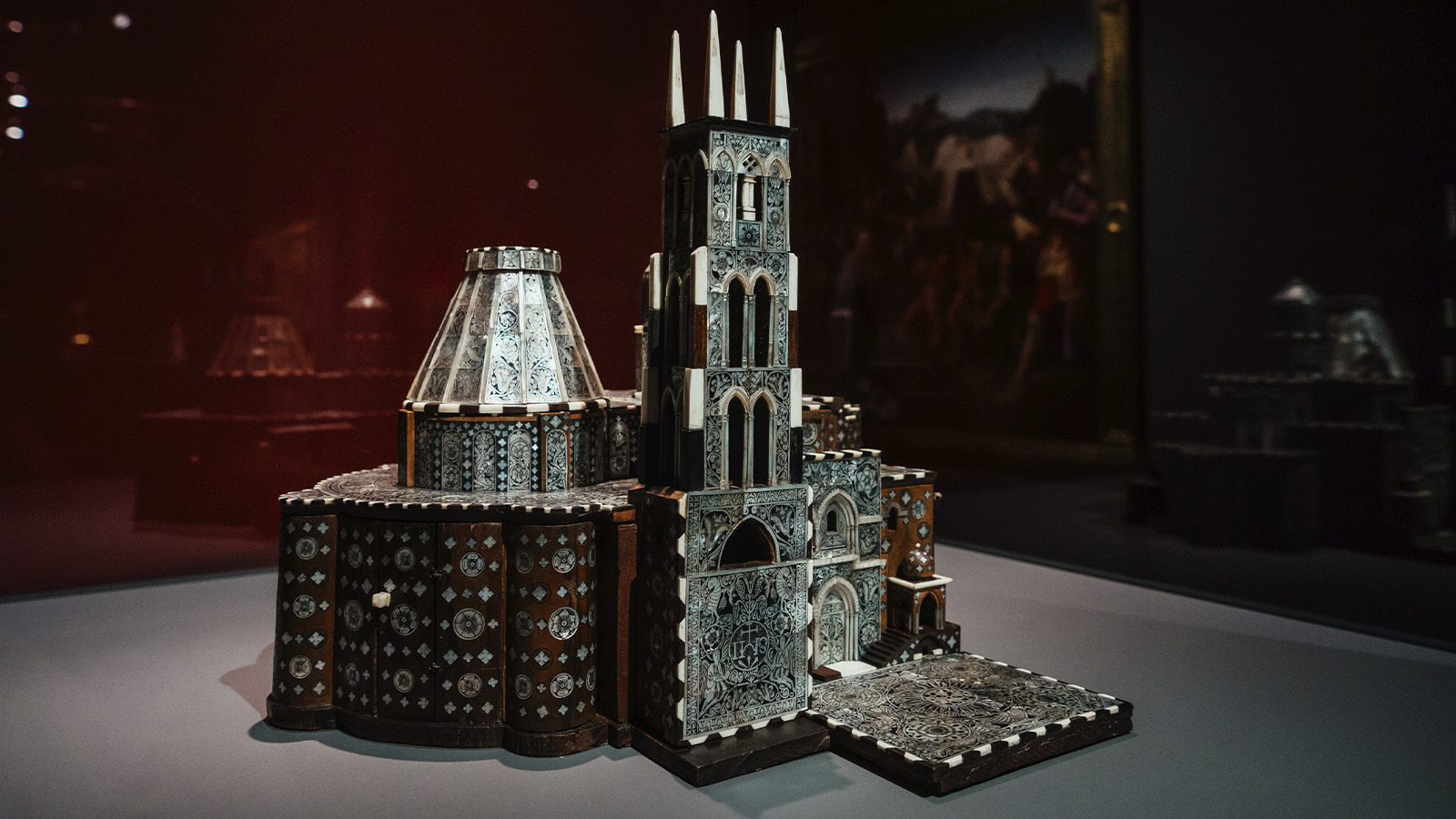
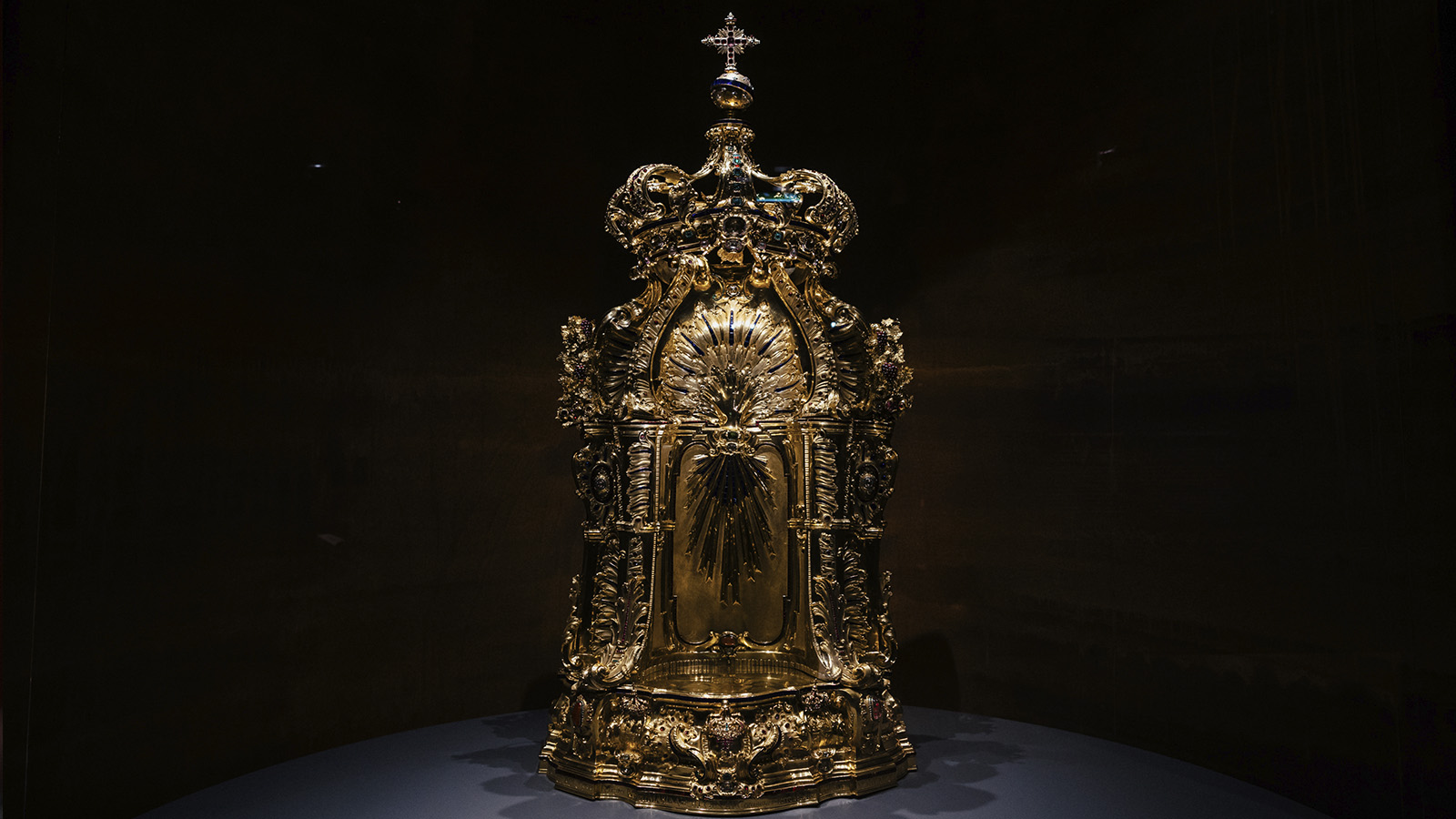
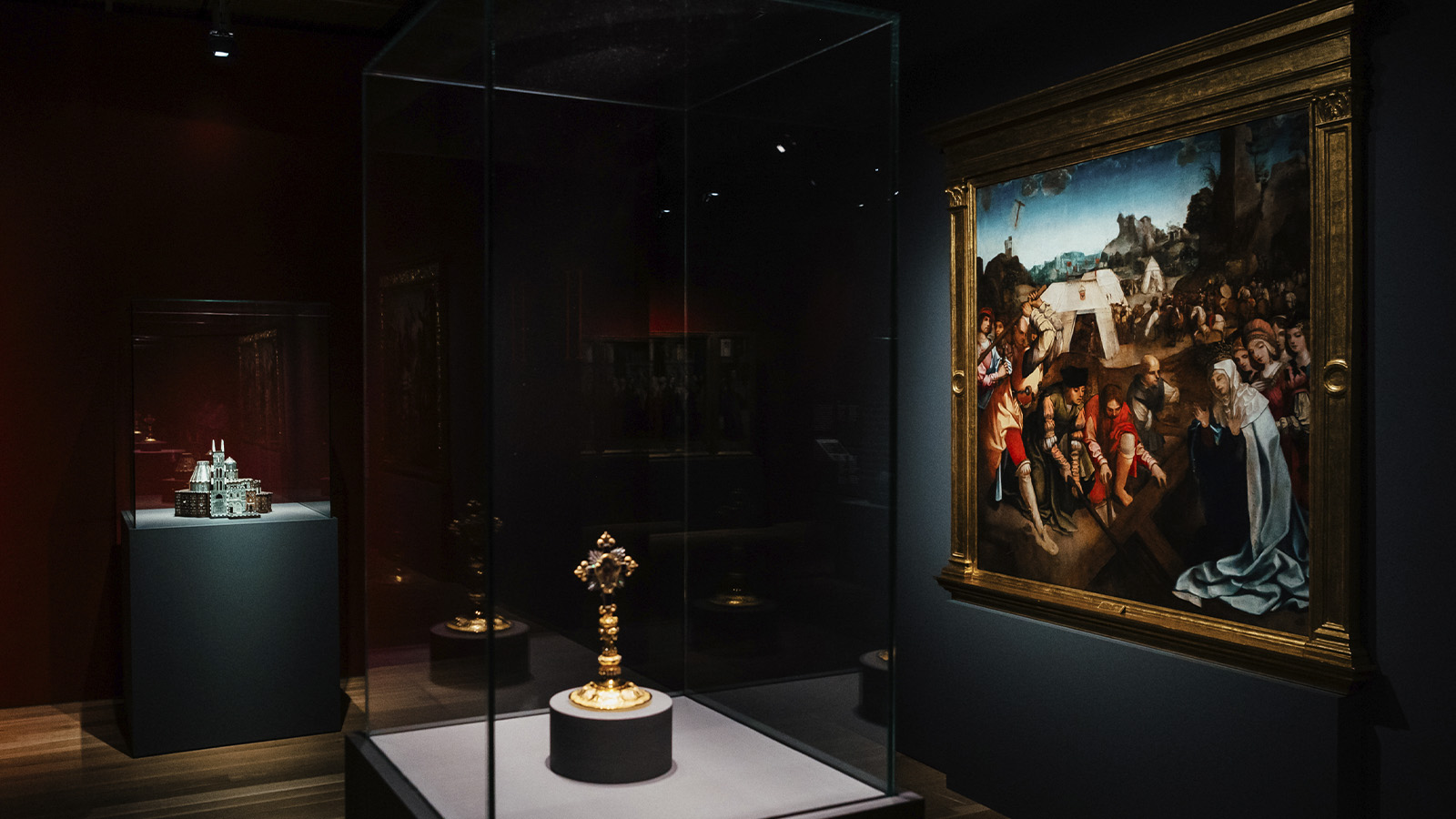
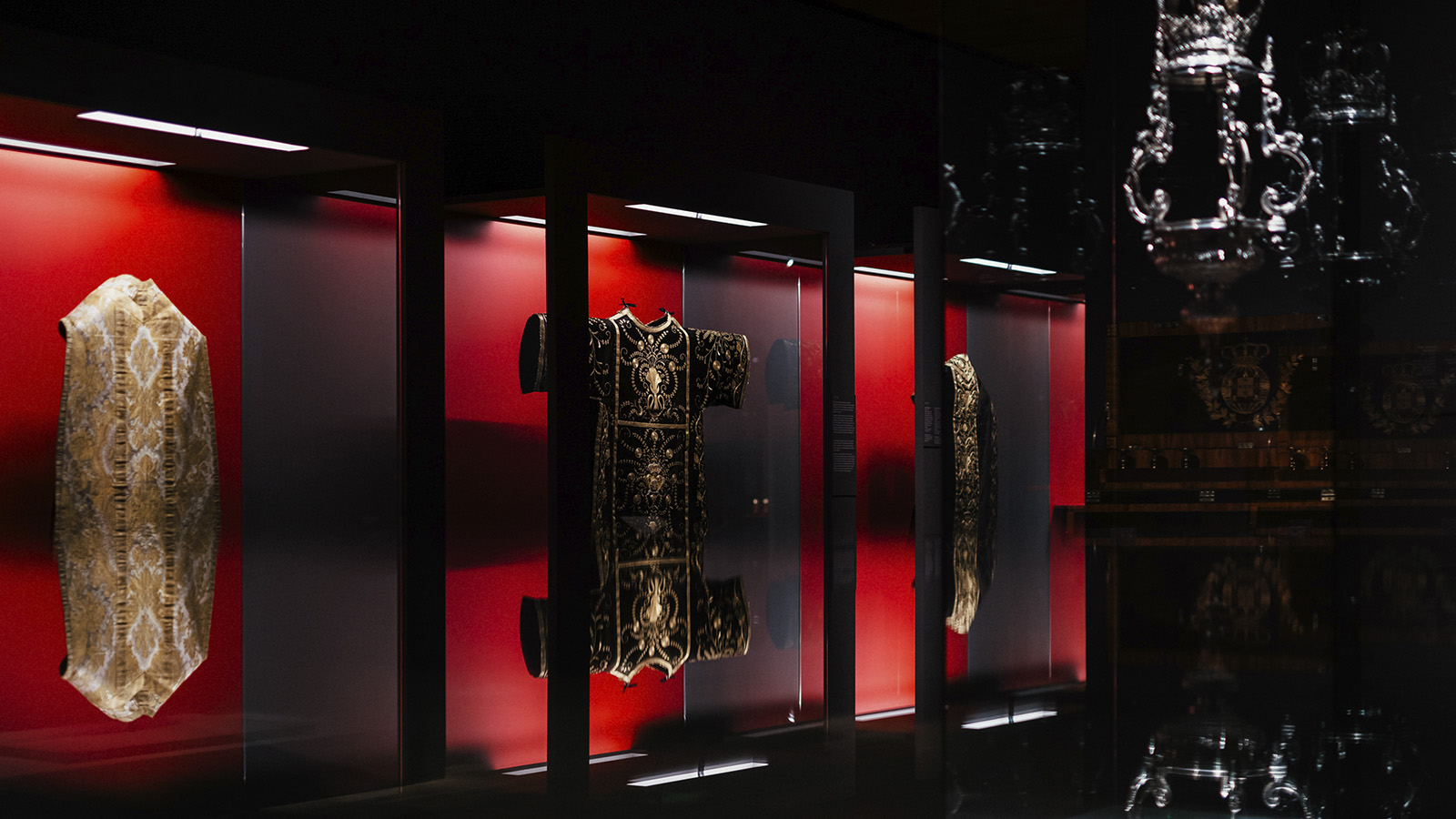
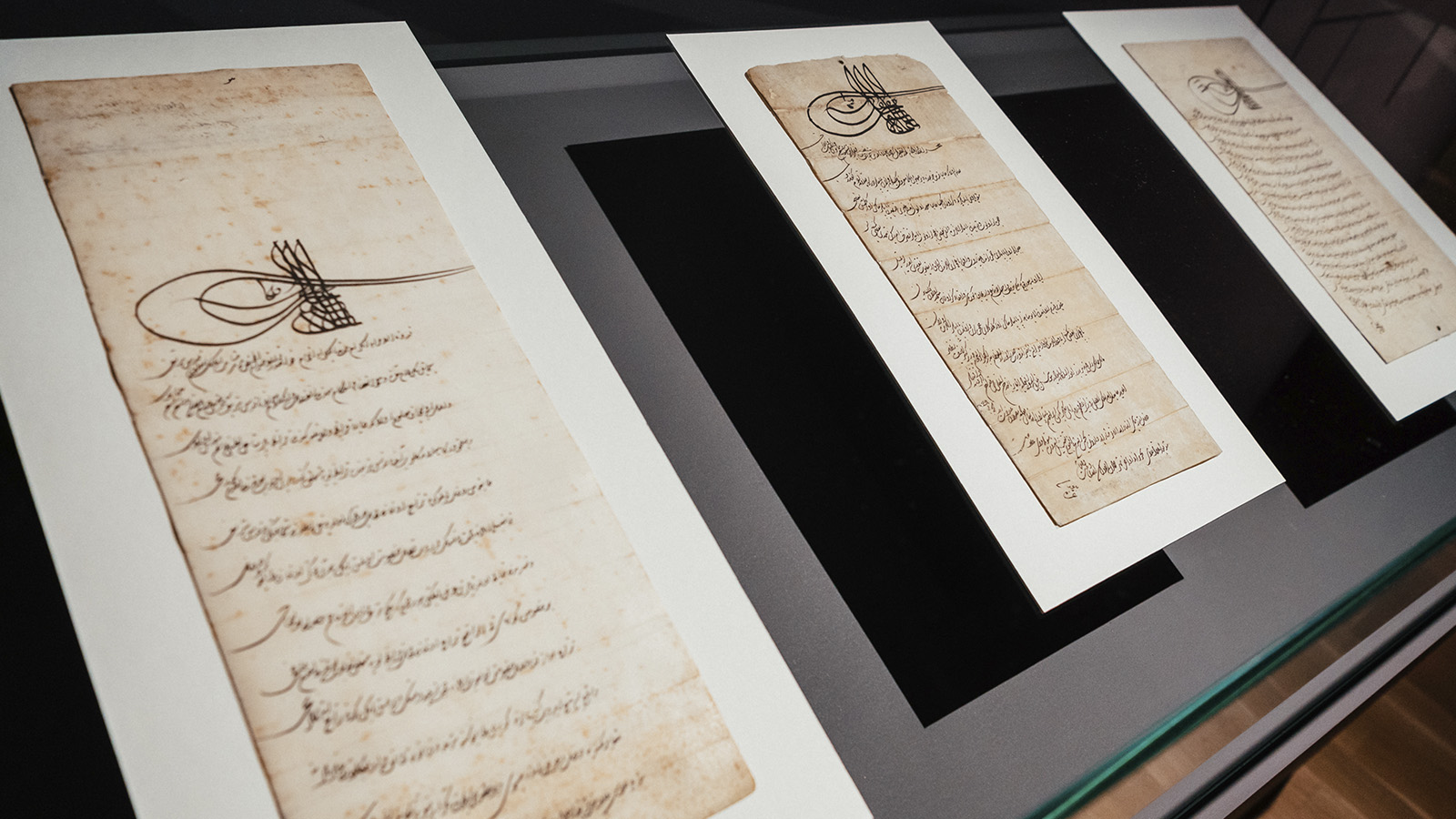
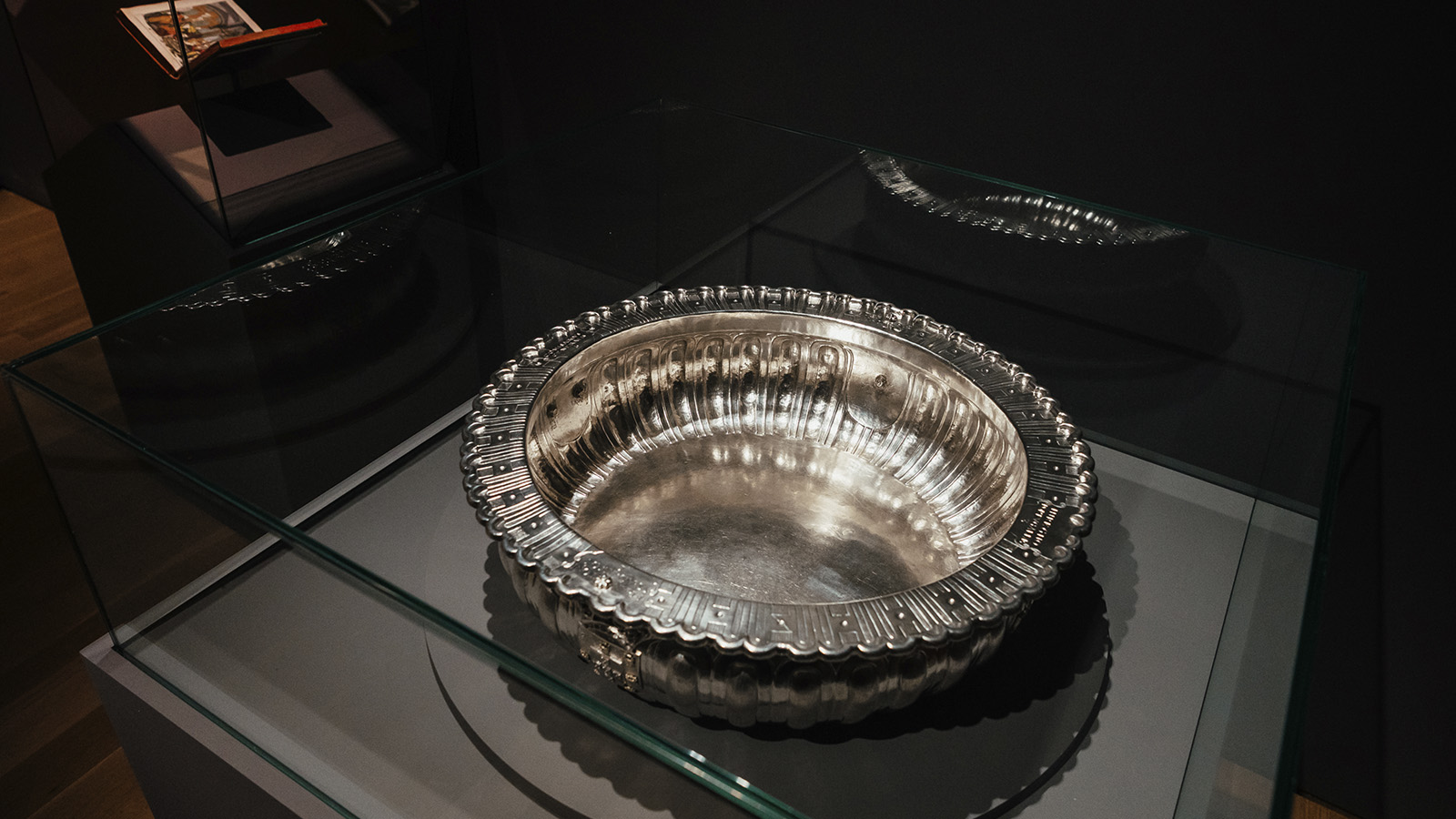
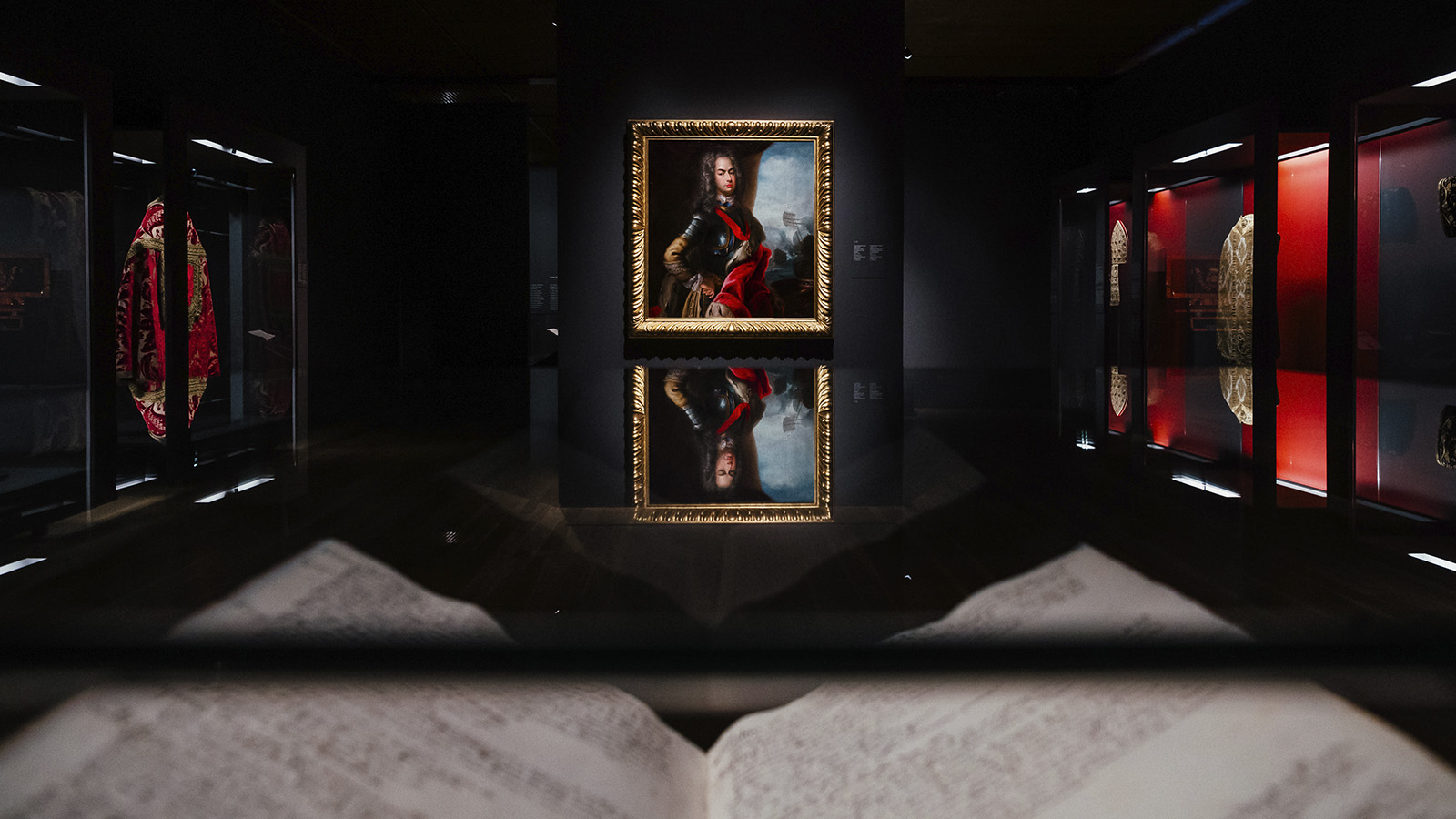
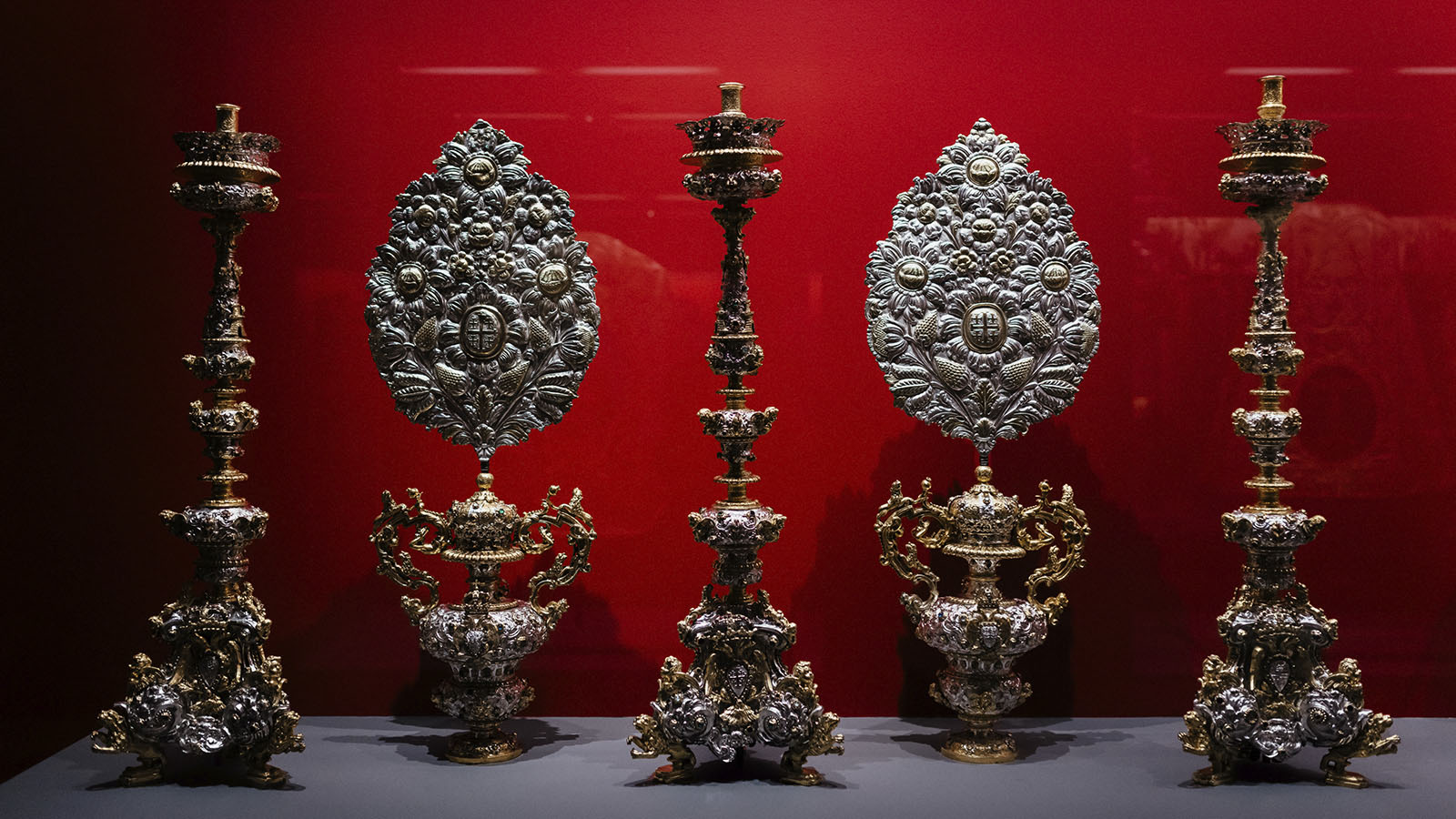
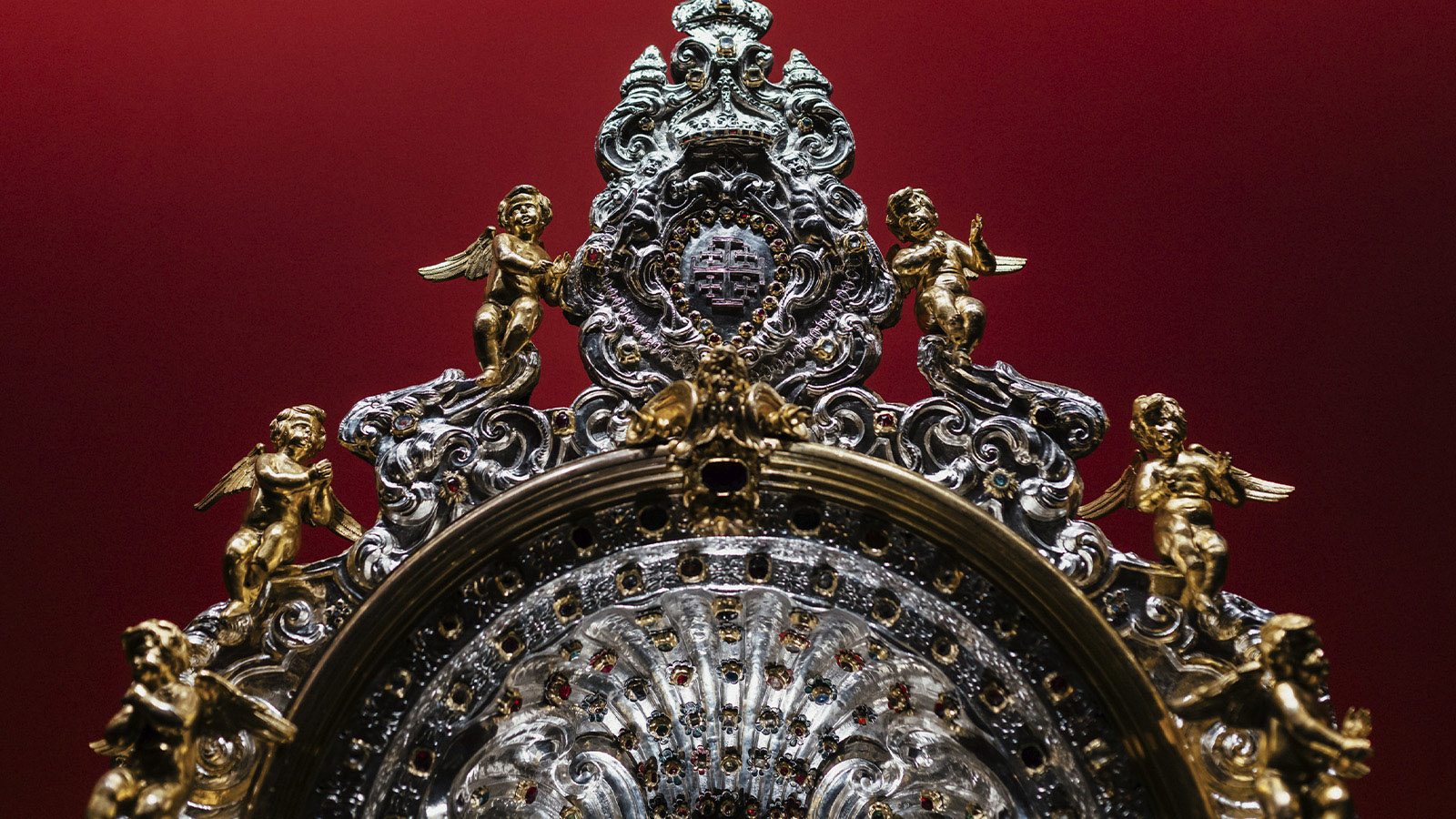
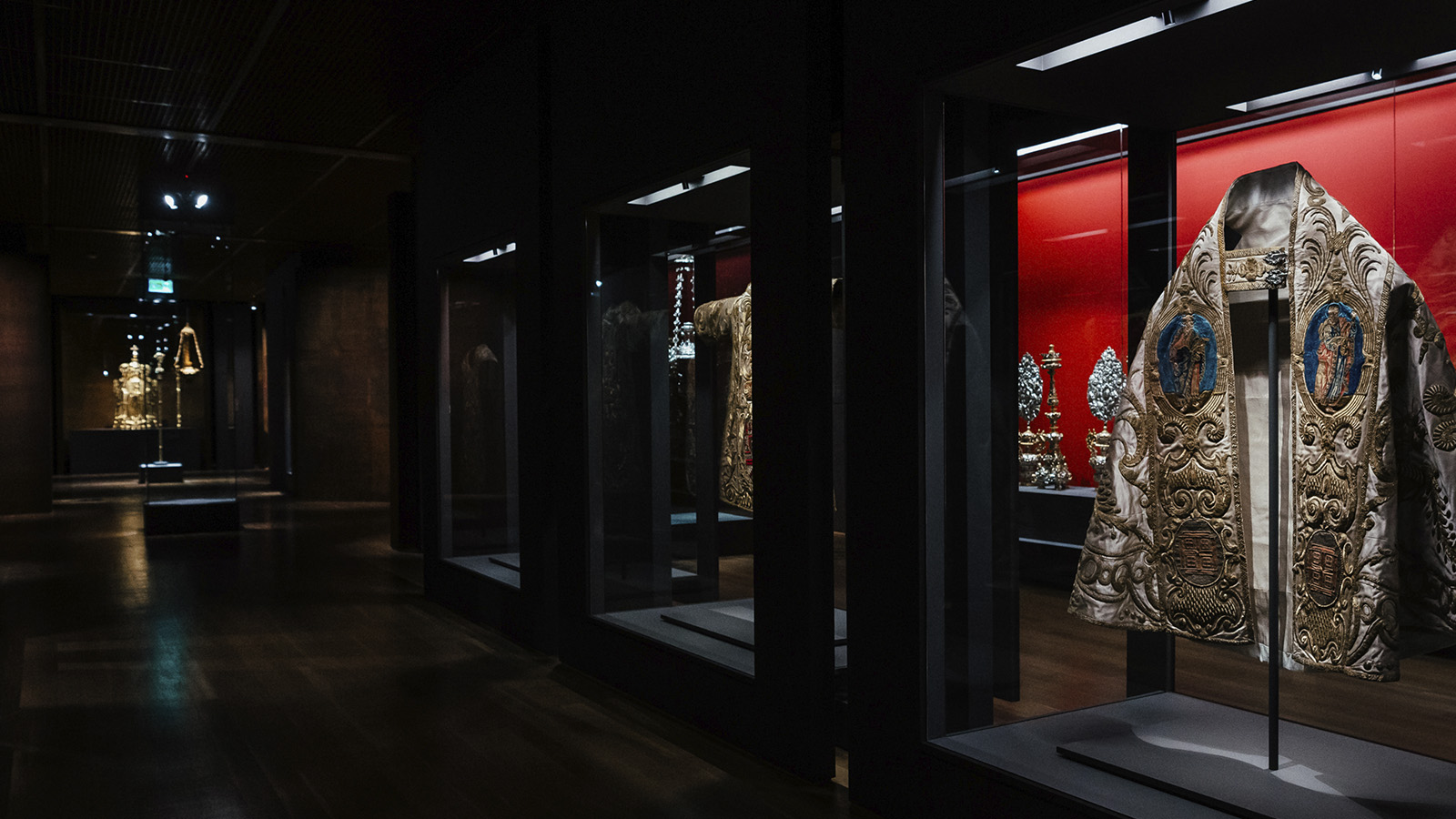
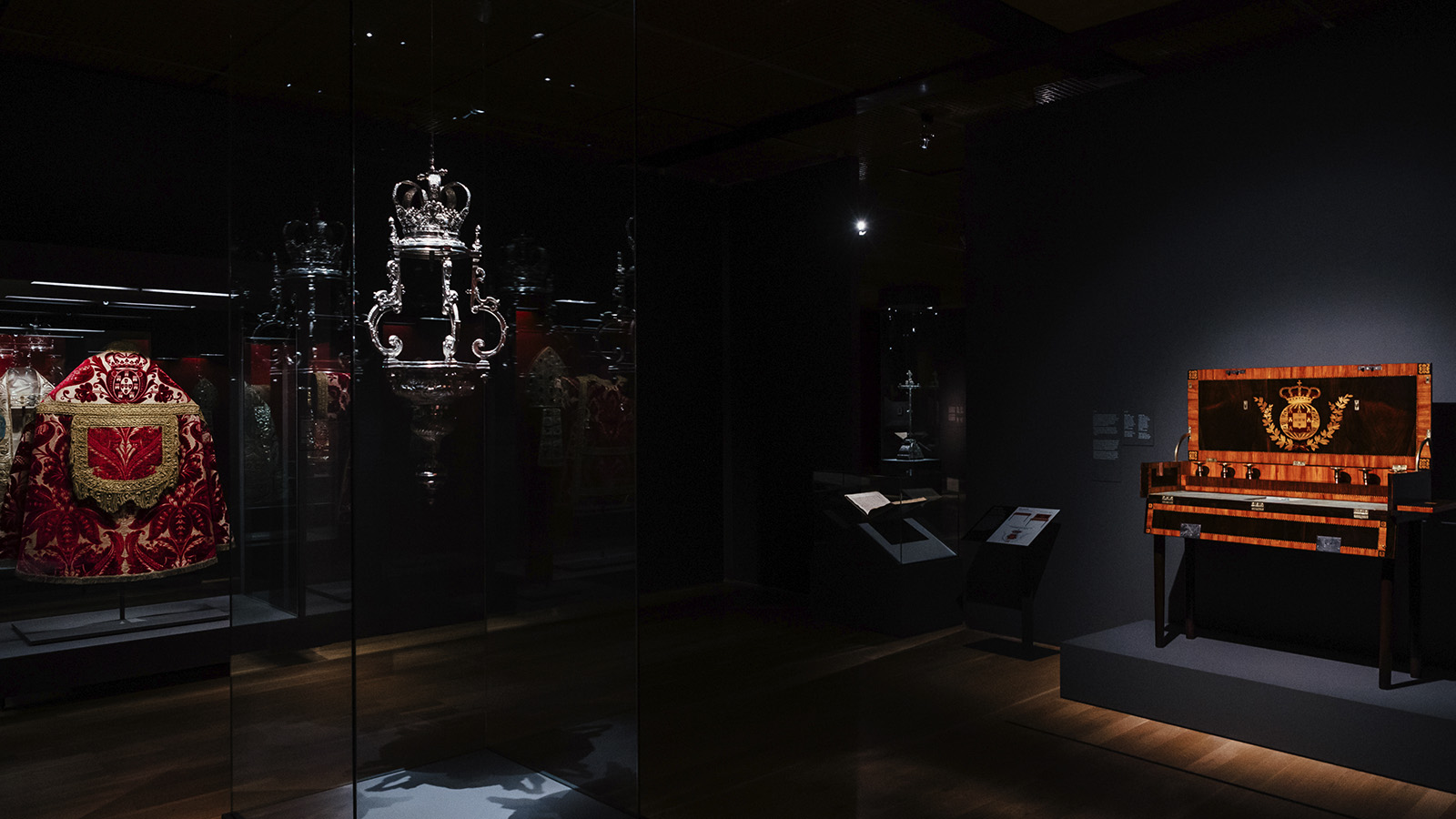
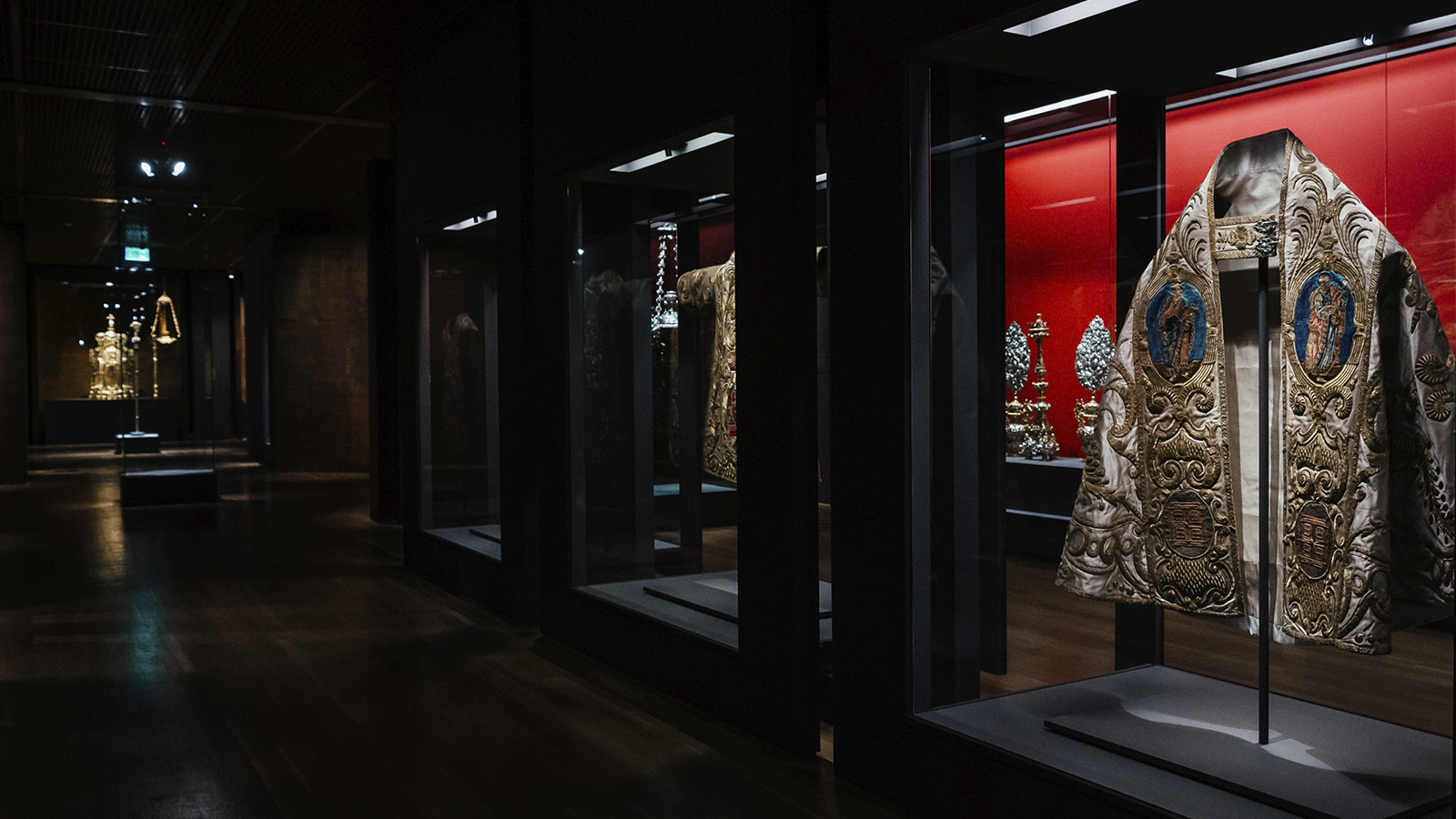

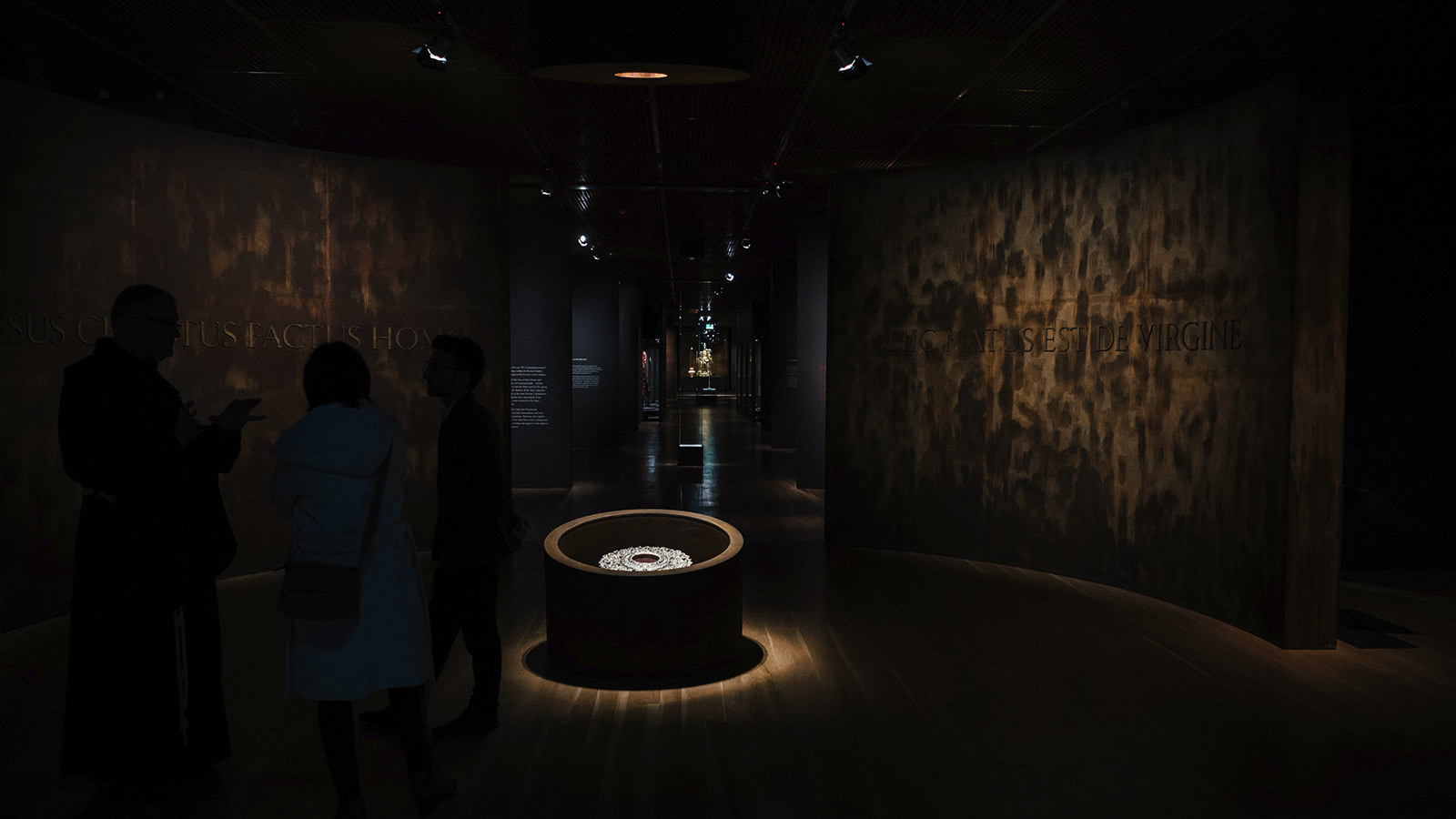
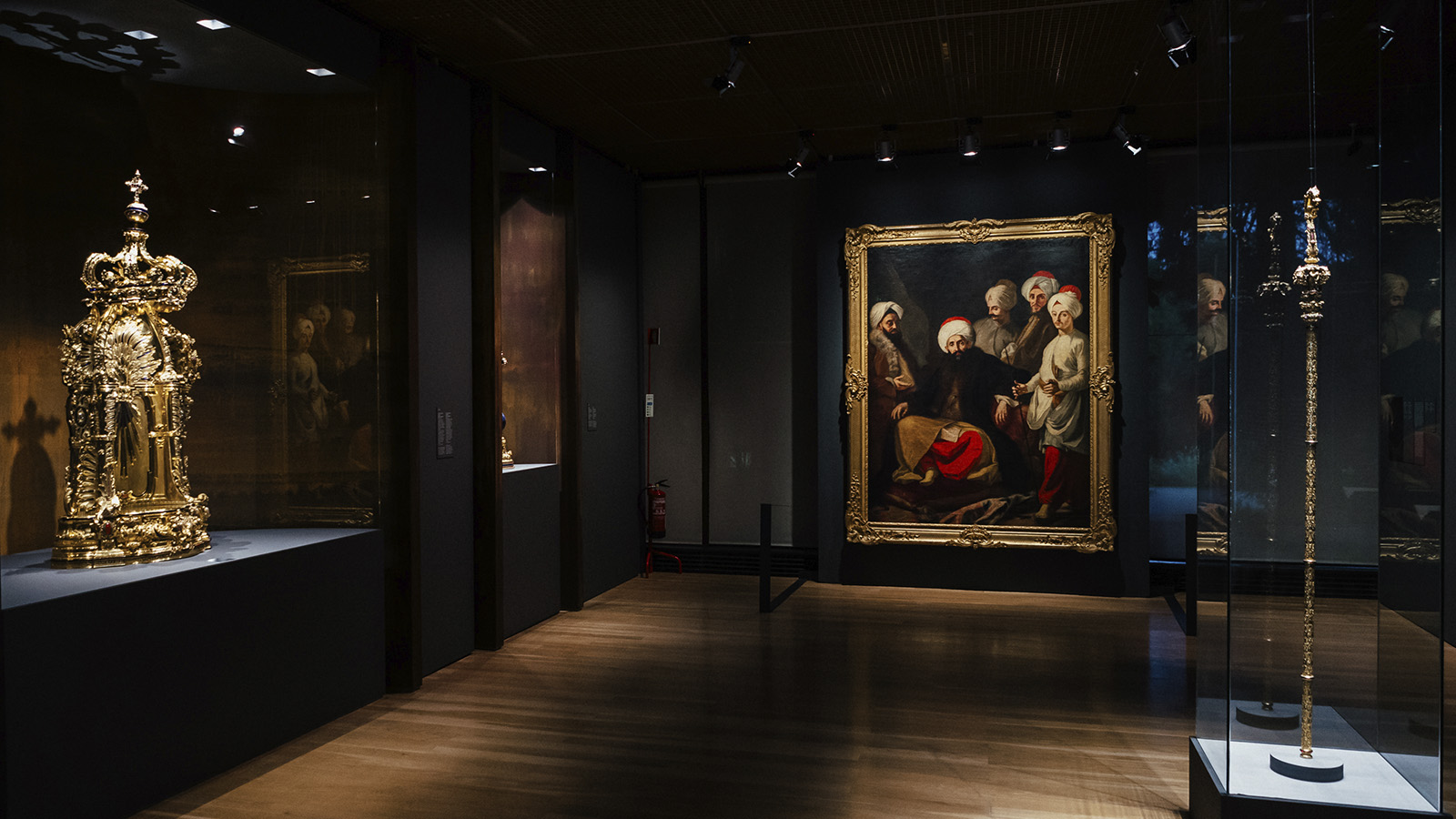
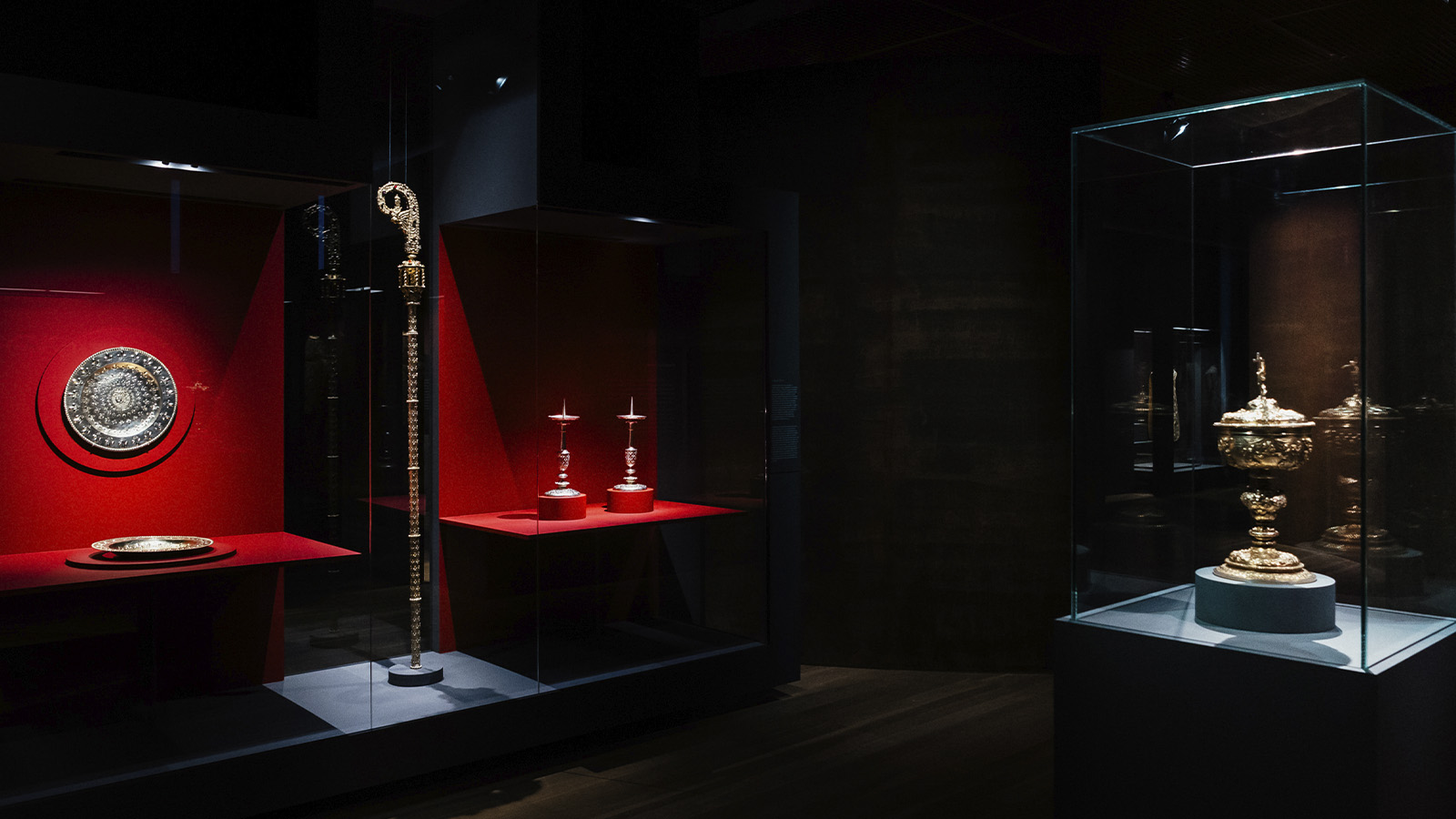
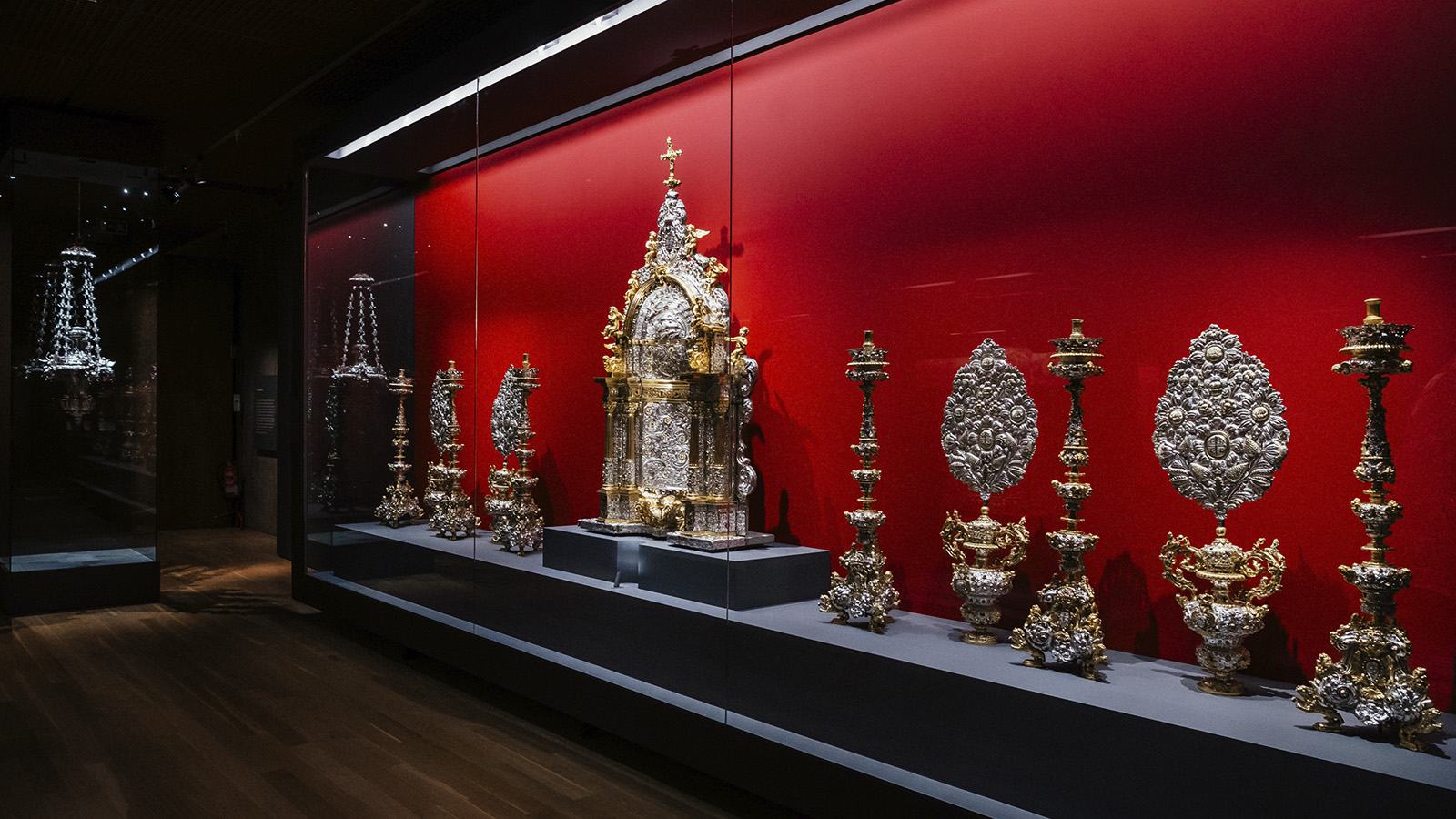
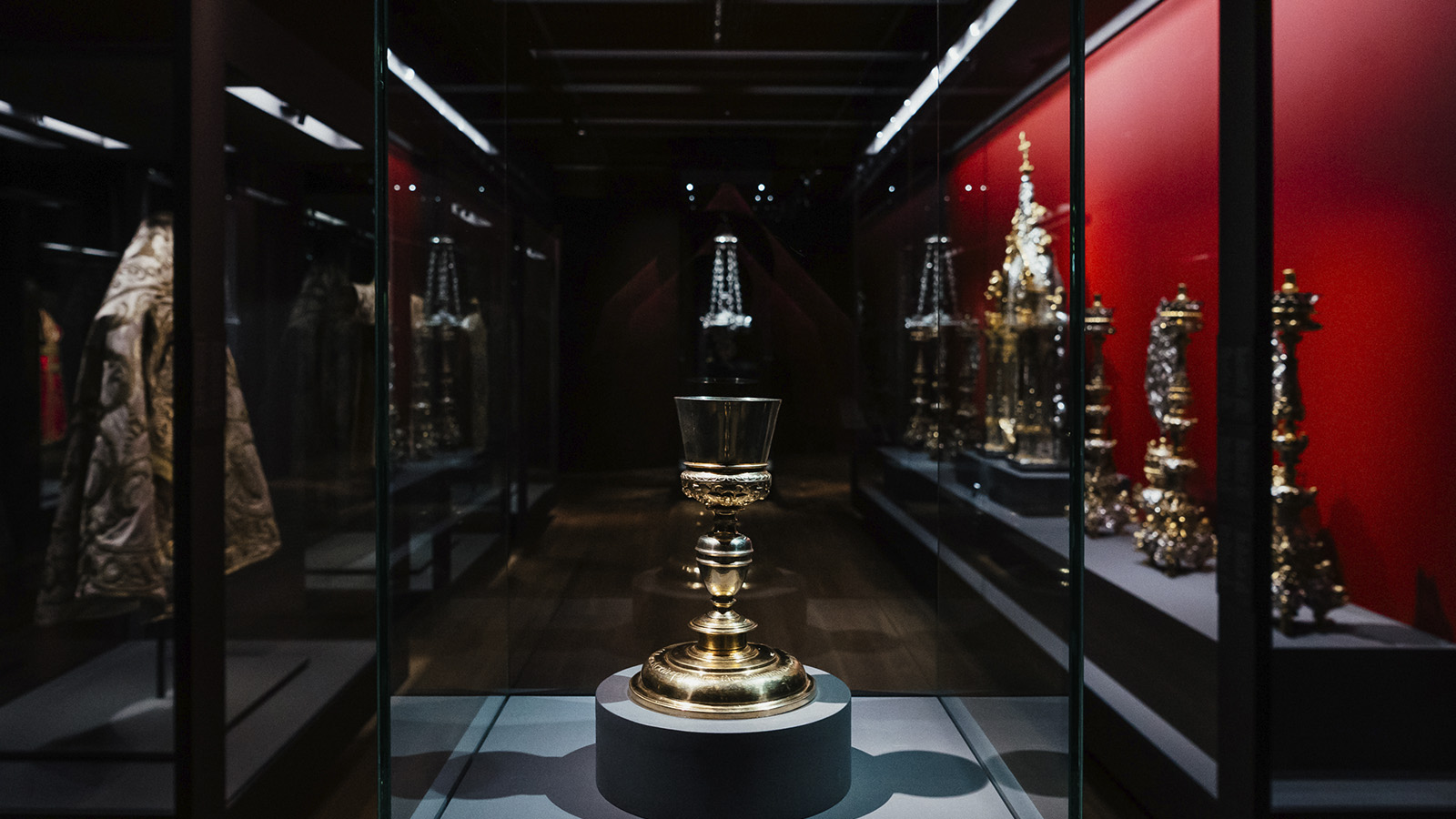
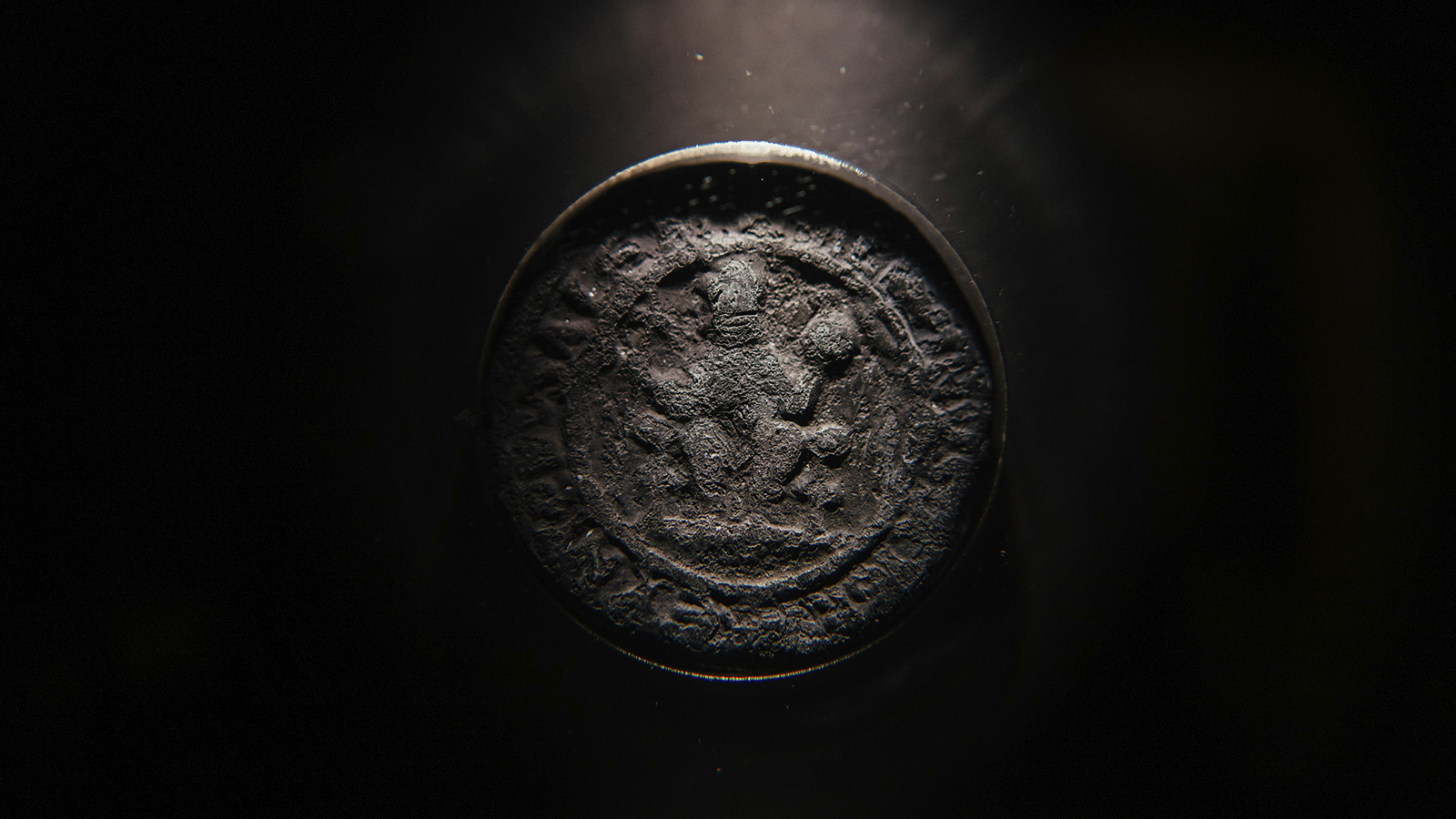
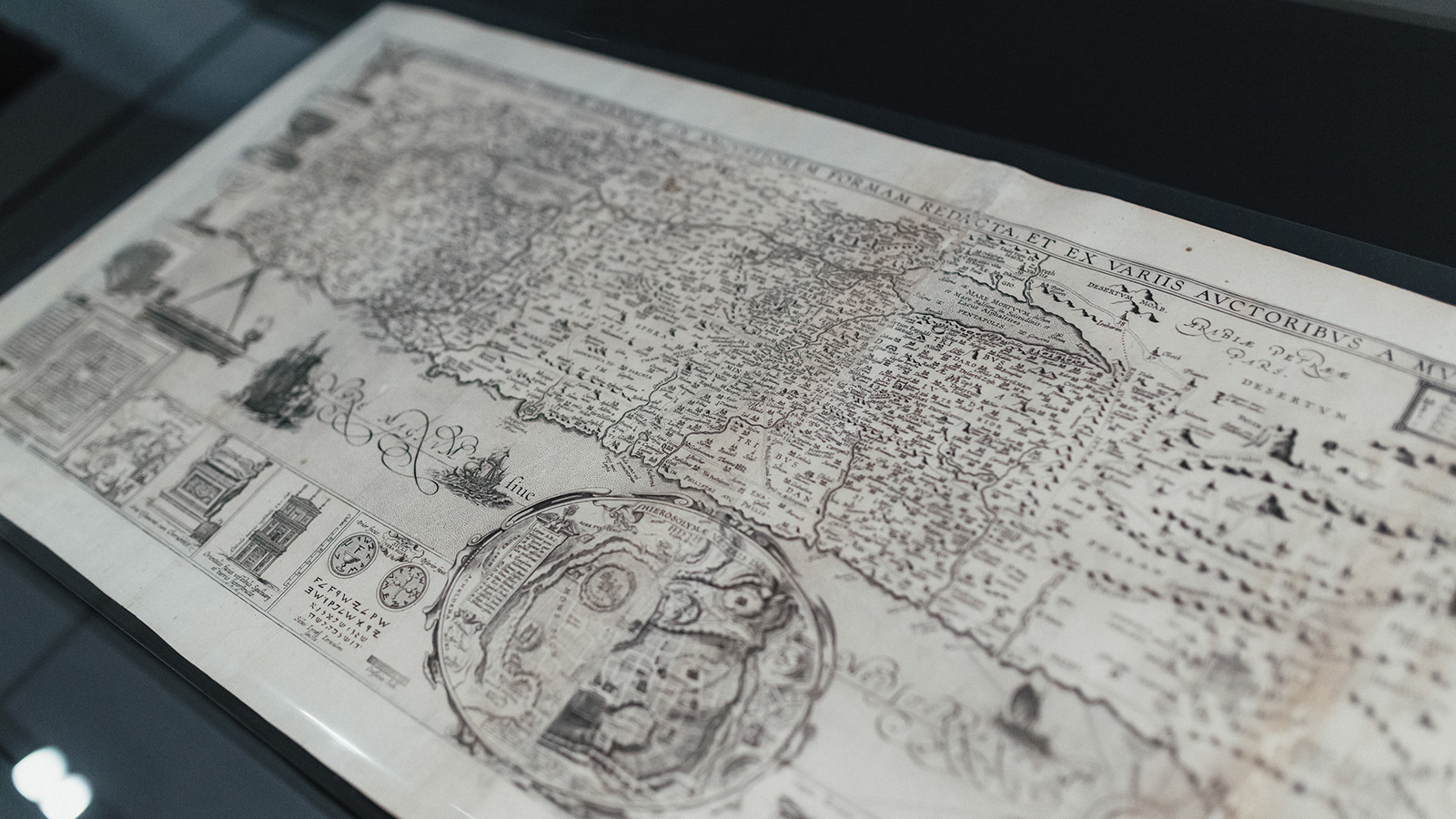
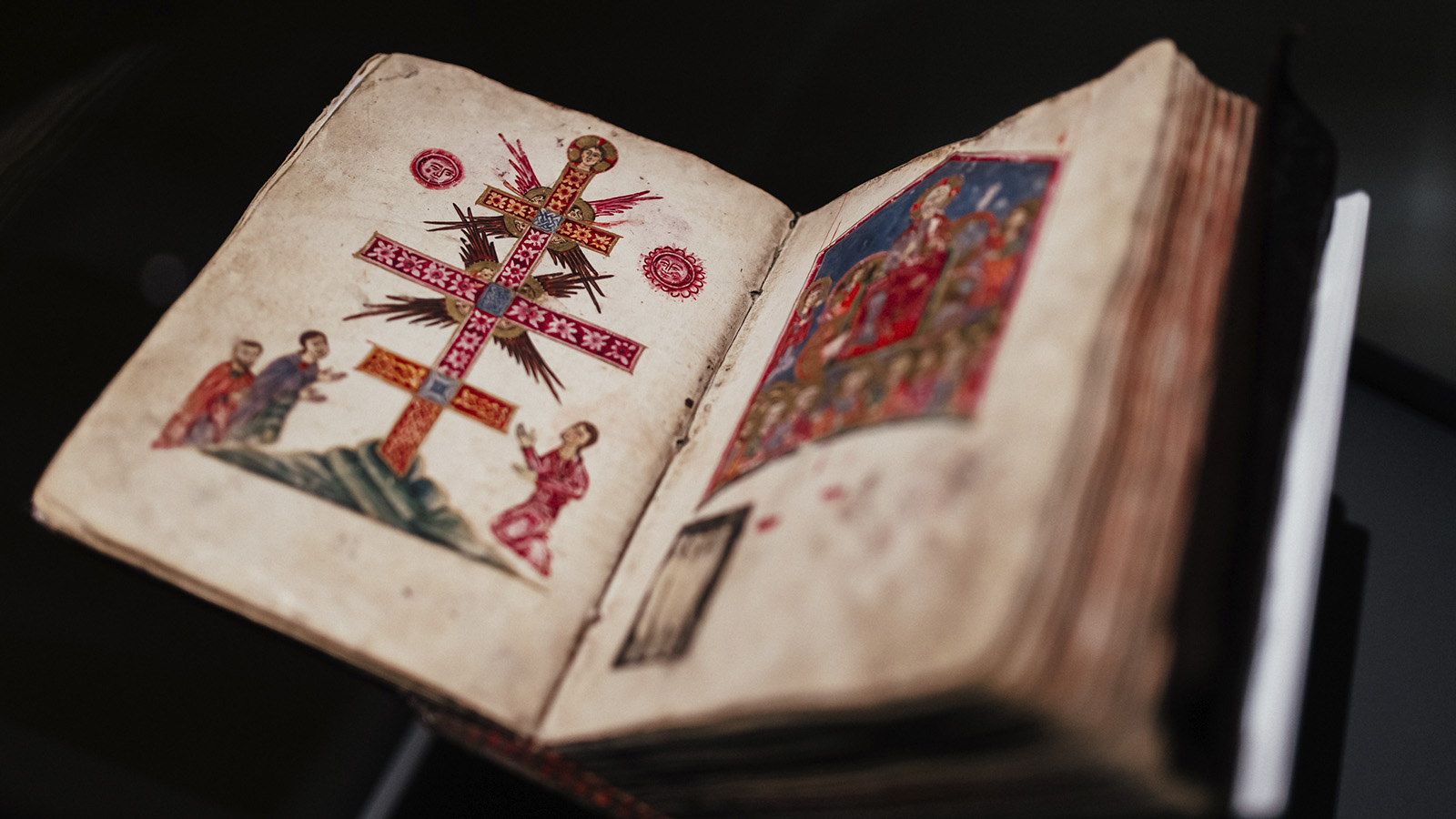
Topics

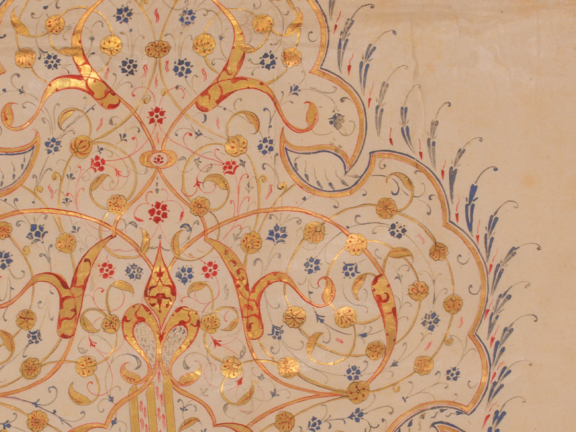
From Constantine 'the Great' to Suleiman 'the Magnificent'
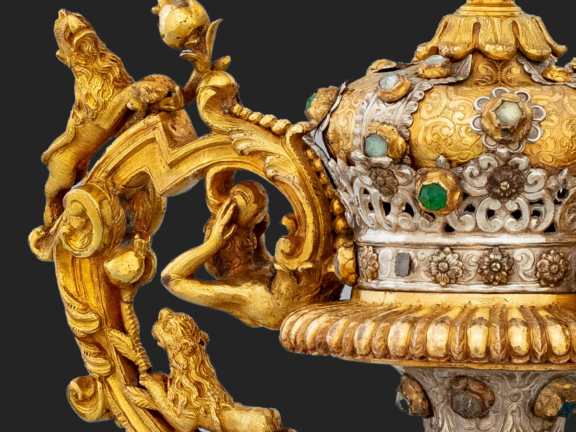
'Theatrum Mundi': Royal Donations to the Holy Places
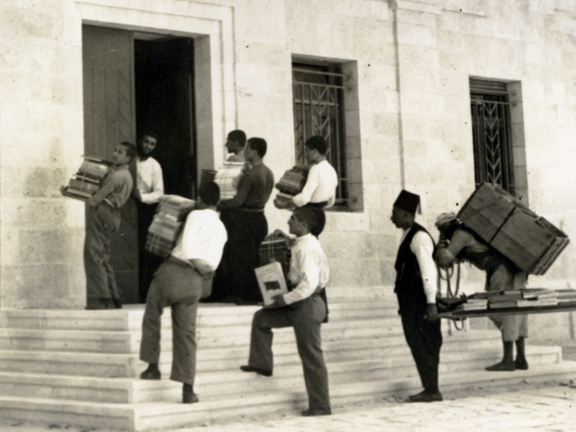
Calouste Sarkis Gulbenkian and Jerusalem
-
Jerusalem, ‘Centre of the World’
Jerusalem is regarded as one of the fundamental cities of the three great monotheist religions: Judaism, Christianity and Islam. According to Christian tradition, Jerusalem, along with Bethlehem and Nazareth, represents the c where, in this Palestinian territory, the diverse stages in the life of Jesus took place, becoming central themes in European artistic production for centuries afterwards. The place of the death, burial and resurrection of Christ, Jerusalem thus has a particular importance which explains its title as ‘Centre of the World’. Some maps produced in Europe attest to this theological mindset by placing the Holy City at the heart of the planisphere.
-
From Constantine ‘the Great’ to Suleiman ‘the Magnificent’
With the Edict of Milan, in the year 313, Constantine granted Christians freedom of worship within the Roman Empire, allowing Christianity to progressively become a state religion. The tradition that identified the sites of the Calvary and sepulchre of Christ led Helen of Constantinople – mother of Emperor Constantine – to visit the Holy Land in 326, giving rise to the construction of the Basilica of the Holy Sepulchre. This and other temples built at the time became a destination for countless European pilgrims who, particularly from the fourteenth century on, were received by the friars of the Order of Saint Francis. Since their arrival in the Holy Land, the Franciscans had lived in a largely non-Christian environment and were involved in successive confrontations. However, they upheld their mission as guardians of the holy places and, consequently, the celebration of Catholic worship and support to the pilgrims and local Christian communities.
-
‘Theatrum Mundi’: Royal Donations to the Holy Places
The symbolic importance of the Holy Land gave rise to numerous donations by Catholic European monarchs to various temples in this territory. Philip II of Spain, Louis XIV of France, John V of Portugal, Charles VII of Naples and Maria Theresa of Austria were some of the sovereigns who sent material and financial resources to sustain the churches and local communities, including gold coins, wax, olive oil and, in the case of the Portuguese kings, balsams, perfumes, spices and tea. In addition to ephemeral resources like these, the generosity of the monarchs also extended to masterpieces of European art, including gold and silver works, textiles and furniture for worship and to decorate religious spaces. Jerusalem thus became a ‘stage’ where these royals exhibited their offerings as a projection of their devotion and power, giving the Holy Land the title of ‘Theatre of the World’.
-
Calouste Sarkis Gulbenkian and Jerusalem
Calouste Sarkis Gulbenkian (1869–1955) had, over the course of his life, different points of emotional, spiritual and material connection with Jerusalem. An Armenian Christian through family tradition, Gulbenkian established this relationship during childhood, when he made his first pilgrimage to the Holy Land. Over the years, hand-in-hand with the Collector’s success in the oil industry, this affinity became stronger and more energetic, clearly visible in his philanthropic efforts. The Gulbenkian Library of the Armenian Patriarchate of Jerusalem, visited by its patron in 1934, is the most expressive testimony of this relationship. This materialisation and the offering, in 1948, of an Armenian Gospel Book intersect with the Collector’s fascination with the art of the book. Since his death, the Calouste Gulbenkian Foundation has maintained this ancestral link with Jerusalem to the present day.
Videos
Credits
Project developed in partnership with the Custody of the Holy Land / Terra Sancta Museum, Jerusalem
Curators
Jacques Charles-Gaffiot (Scientific curator)
André Afonso (Executive curator)
Lenders
Armenian Patriarchate of Jerusalem, Jerusalem
Bilblioteca Nacional de Portugal; Lisbon
Calouste Gulbenkian Museum, Lisbon
Custody of the Holy Land / Terra Sancta Museum, Jerusalem
George M. Al-Ama Collection, Bethlehem
Gulbenkian Art Library and Archives, Lisbon
Museu Nacional de Arte Antiga, Lisbon
Museu Nacional do Azulejo, Lisbon
Museu Nacional Machado de Castro, Coimbra
Palácio Nacional da Ajuda, Lisbon
Parish of Nossa Senhora dos Remédios de Moita do Norte (Diocese of Santarém), Santarém

